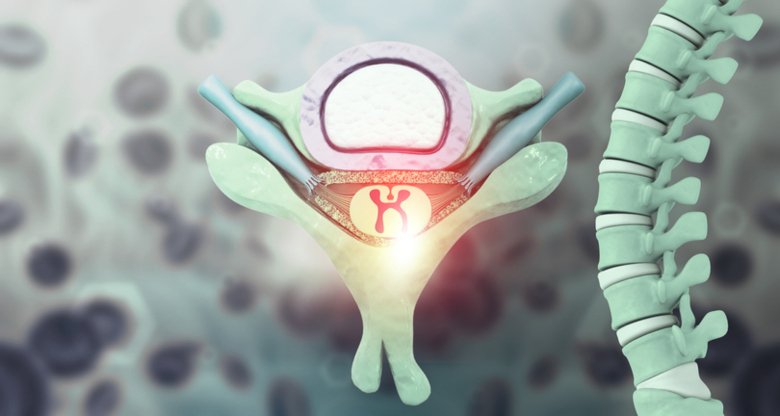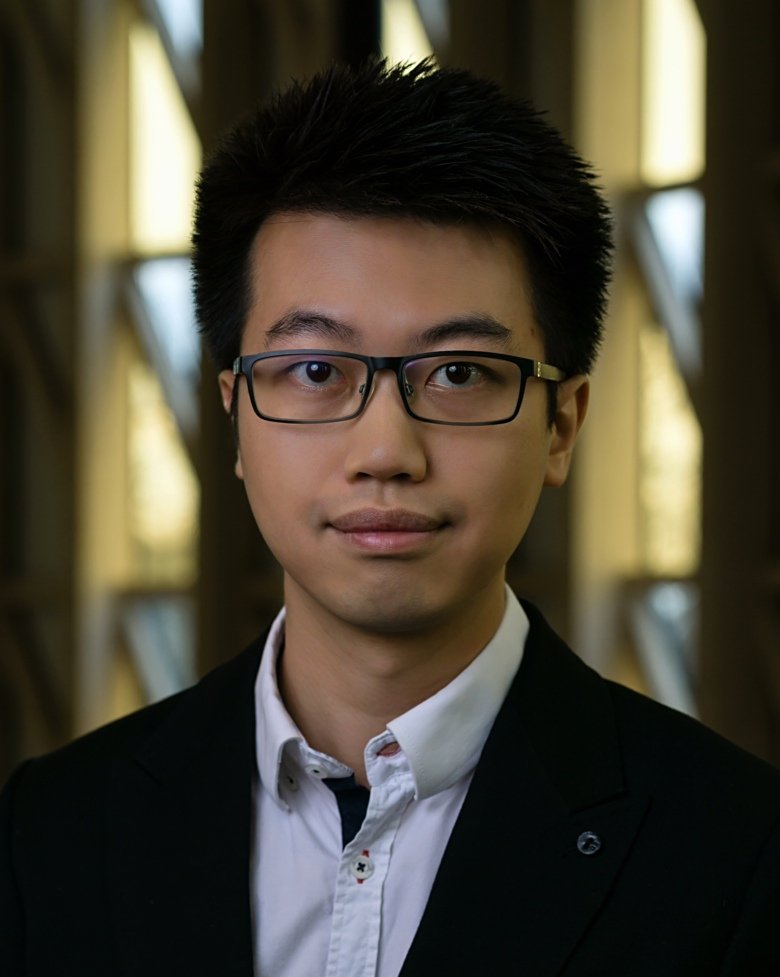Map of spinal cord formation gives new knowledge on diseases of the nervous system

Researchers at Karolinska Institutet have mapped how cells in the human spinal cord are formed in the embryo and what genes control the process. Their findings can give rise to new knowledge on how injury to and diseases of the spinal cord arise and how they can be treated. The study has been published in the journal Nature Neuroscience.

The spinal cord is part of the central nervous system, serving as an important bridge for communication between the brain and the rest of the body. There are many different types of cells in the human spinal cord but much still remains to be understood about how these cells are formed from stem cells during embryonic development.
“Many neurodegenerative diseases and injuries of the spinal cord are incurable because of the poor regeneration of human spinal cord cells,” says the study’s first author Xiaofei Li, assistant professor at the Department of Neurobiology, Care Sciences and Society, Karolinska Institutet. “A better grasp of how the spinal cord is formed and how different genes control this development can lead to new therapies for spinal cord injuries and diseases such as ALS or cancer of the nervous system.”
User-friendly online tool
The researchers have built up an extensive map of all the cell types of the human spinal cord, showing where the cells are and what genes they express during embryonic development. The information has been gathered in a user-friendly interactive online tool that researchers or other interested parties can use to search for genes that shape how the spinal cord develops.
The study identified key genes that affect how the stem cells migrate when the spinal cord is formed and what specialisations they have. A comparison with spinal cord development in mice revealed important differences between mice and humans.
“These findings are very important because much of what we already know is based on mouse studies,” says Dr Li.
The study was conducted using single-cell RNA sequencing and spatial transcriptomics, which enabled the researchers to map thousands of genes in each individual cell and analyse how they are expressed at different sites of the same tissue section.
Learning more about child cancer

The researchers also studied an unusual tumour type called ependymoma, which manifests as malignant brain tumours in children or benign spinal cord tumours in adults. On identifying genes that are specific to tumour development they were thus able to demonstrate how their findings can be used to increase understanding of diseases of the nervous system.
“We’ll now be interrogating how stem cells form different cell types and change their properties both during embryonic development and later during maturity and ageing, as well as in different kinds of pathological conditions,” says the study’s last author Erik Sundström, senior researcher at the Department of Neurobiology, Care Sciences and Society, Karolinska Institutet.
The study was carried out in collaboration with researchers at KTH Royal Institute of Technology, Stockholm University, Uppsala University and Science for Life Laboratory (SciLifeLab) in Sweden. It was financed by the Erling Persson Foundation, the Knut and Alice Wallenberg Foundation, Karolinska Institutet and SciLifeLab. Co-authors Zaneta Andrusivova, Ludvig Larsson and Joakim Lundeberg are consultants at 10x Genomics Inc., for which Mats Nilsson is also an advisor.
Publication
”Profiling spatiotemporal gene expression of the developing human spinal cord and implications for ependymoma origin”. Xiaofei Li, Zaneta Andrusivova, Paulo Czarnewski, Christoffer Mattsson Langseth, Alma Andersson, Yang Liu, Daniel Gyllborg, Emelie Braun, Ludvig Larsson, Lijuan Hu, Zhanna Alekseenko, Hower Lee, Christophe Avenel, Helena Kopp Kallner, Elisabet Åkesson, Igor Adameyko, Mats Nilsson, Sten Linnarsson, Joakim Lundeberg, Erik Sundström. Nature Neuroscience, online 24 April 2023, doi: 10.1038/s41593-023-01312-9.
